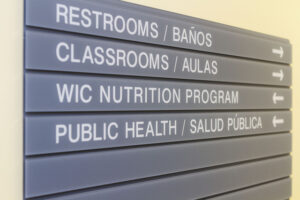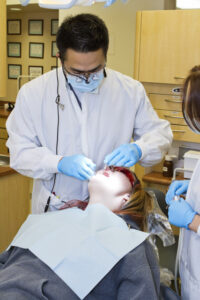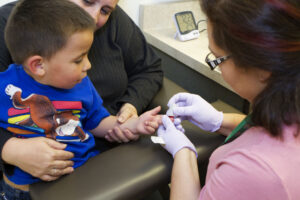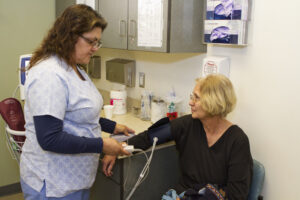Church Basement Beginnings
 Eric Williams ericwphoto.com
Eric Williams ericwphoto.com
 Eric Williams ericwphoto.com
Eric Williams ericwphoto.com
Patients First
 Eric Williams ericwphoto.com
Eric Williams ericwphoto.com
 Eric Williams ericwphoto.com
Eric Williams ericwphoto.com
Healthy Futures
 Eric Williams ericwphoto.com
Eric Williams ericwphoto.com
 Eric Williams ericwphoto.com
Eric Williams ericwphoto.com
First Choice Favorites
Feature
 Eric Williams ericwphoto.com
Eric Williams ericwphoto.com

















